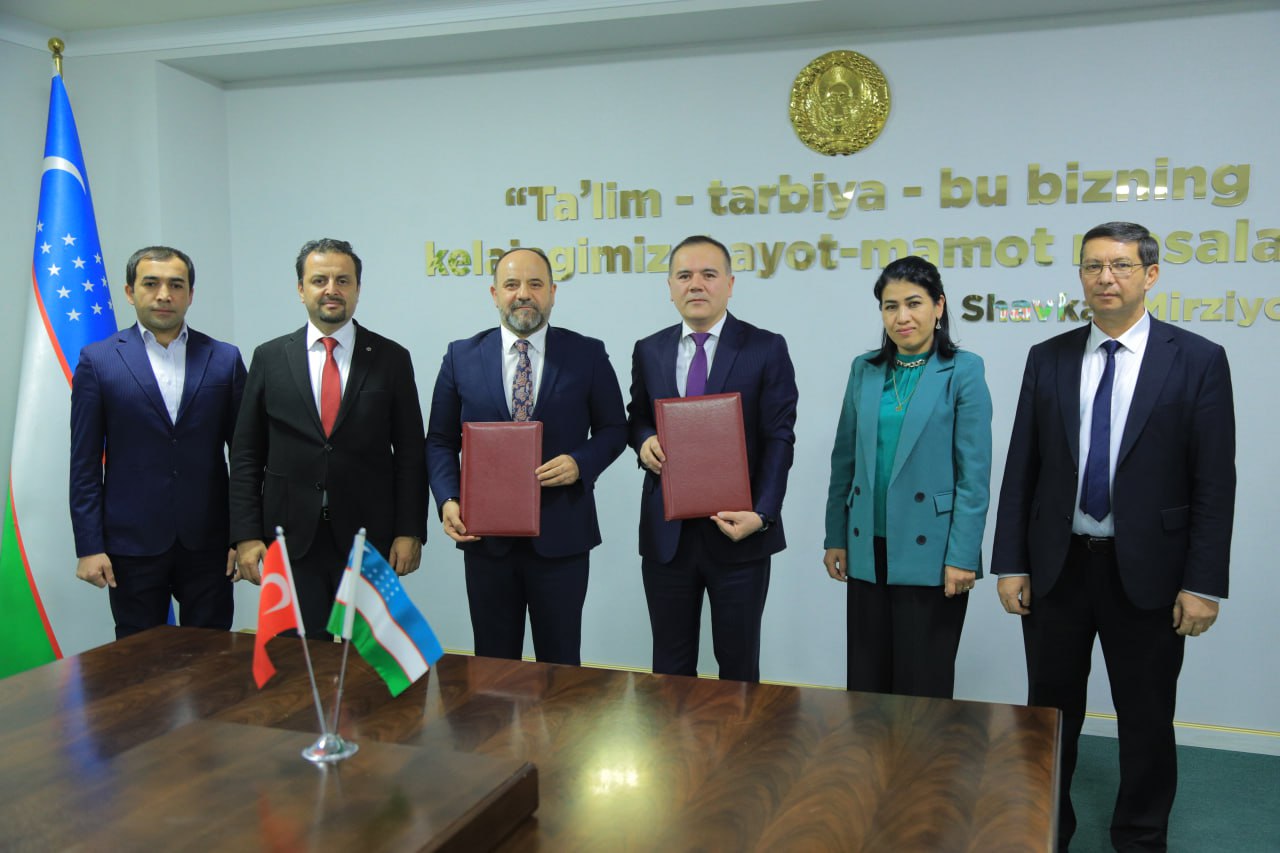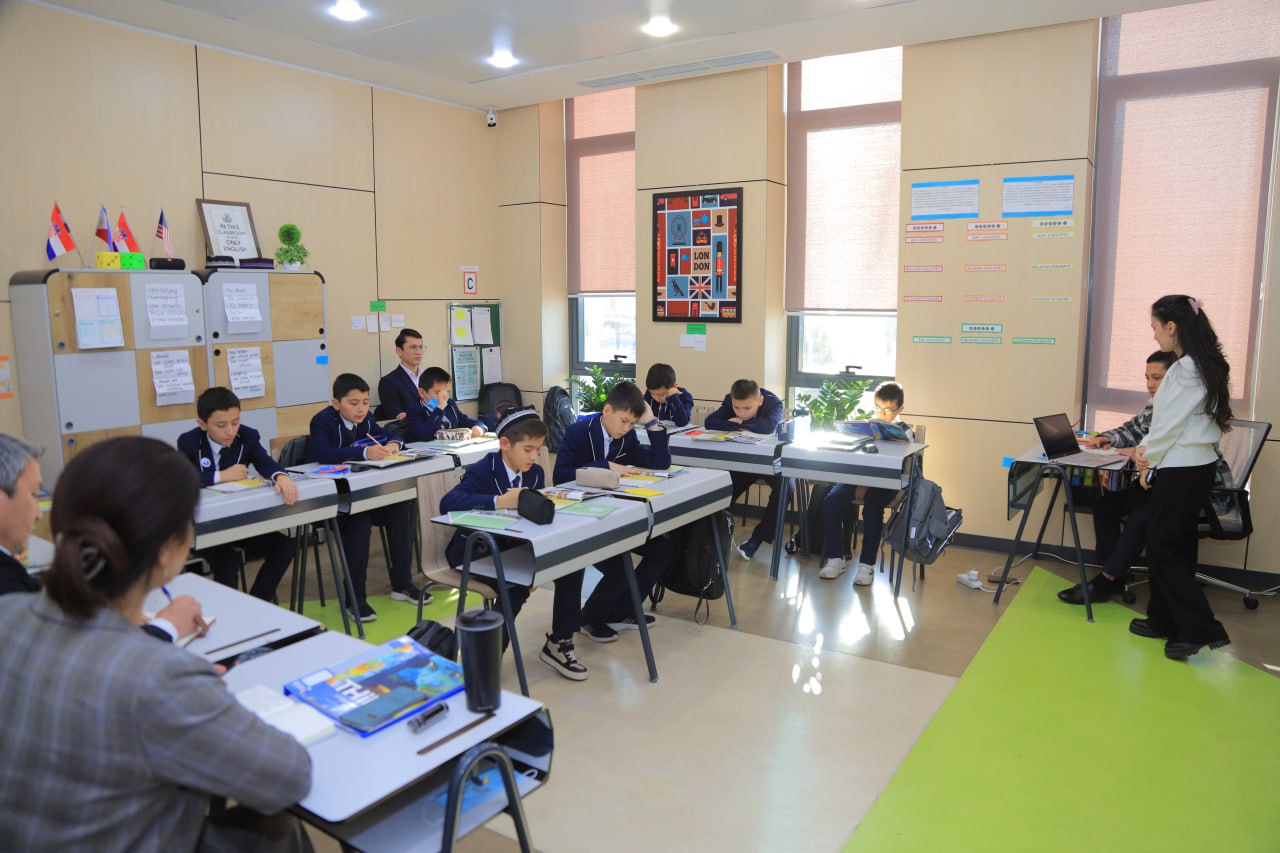Khamidova Sevara Bakhtiyorovna
Jizzakh state pedagogical institute
Chair of Practical Сourse of English Language
Abstract: The relevance of this article is due to the significant interest of linguists in the study of the concept of “paradox”, its characteristics, types and functions, as well as the fact that the problems of translating paradoxical statements of episodes, replicas, statements in a literary text still remain little studied.
Key words: paradox, emotional experiences, expressiveness, skepticism, original, dominant meanings, juxtaposition-based, subtle, mutually exclusive, paradoxical combination.
The article discusses the use of the principle of paradox by the author when creating images of Pechorin, Vera, Dr. Werner in the aspect of a paradoxical plot solution and the semantics of paradoxical statements of characters. The ways of translating paradoxes in the English versions of the translation are analyzed, it is noted that in some cases translators fail to convey the elements of paradox in a literary text, which leads to a certain distortion of the meaning of the original text.
The problems of paradox translation in linguistics remain poorly understood, especially in the aspect of reverse translation, which determines the relevance of this article. The scientific novelty of the article lies in the identification of paradoxes in the prose of M.Yu. Lermontov at the level of plot construction and image structure, in highlighting the most characteristic types of paradox for the writer’s prose, comparing the paradoxical elements of the plot and the statements of the characters in the original and English versions of the translation.
The purpose of the article is to analyze the original novel and the English versions of its translations created by J. Wisdom and M. Murray (1924), M. Parker (1947) from the point of view of the problems of translating paradoxes. The objectives of the study include determining the types of paradox in the prose of M.Yu. Lermontov and their main functions in the text, as well as a comparative analysis of the original and translations in terms of the adequacy of translation solutions in terms of the problem of translating paradoxical statements.
The concept of “paradox” originated in ancient Greek philosophy, in modern criticism it is ambiguously interpreted from the standpoint of logic, philosophy and linguistics. To date, there is no single interpretation of the term “paradox”. Some researchers identify this concept with a linguistic anomaly (V.D. Devkin, V.D. Odintsov, E.A. Selivanova), others believe that this phenomenon occurs when different components of the statement contradict each other (T.V. Bulygina, A.D. Shmeleva). Considering the paradox in fiction, critics have come to the conclusion that this device is based on a contradiction to the general opinion, stereotype or intentionally created expectation. The interest of linguists in the paradox is associated with its nature, freeing from stereotypes and clichés, and the ability to focus attention on the method and technique of expressing the paradoxical game of meanings.
When translating literary texts, the translator faces an important task: to reliably convey the integrity and semantic ambiguity of the original. Wilhelm von Humboldt defines the translation of a text or message from one language to another as the most important problem of the relationship between language and thinking, which, “being in an indissoluble unity”, at the same time contain internal inconsistency, which, naturally, complicates the process of understanding and interpreting the message [5. p. 111]. In addition, “text understanding is often complicated by a temporary, cultural and linguistic gap between the author of the text and its interpreter, who in our case acts as a translator” [4. p. 86]. Consequently, “the problem of finding and revealing the meaning is the key to understanding and interpreting the translation of texts in general and literary works in particular” [4. p. 18]. To understand the meaning of a text containing paradoxical phrases, descriptions, turns of speech, the translator needs to highlight the paradoxical elements of the text and interpret them in the target text with the least semantic loss. If the translator incorrectly conveys the paradoxical elements of the text, then the dominant meanings of the work of art are lost.





